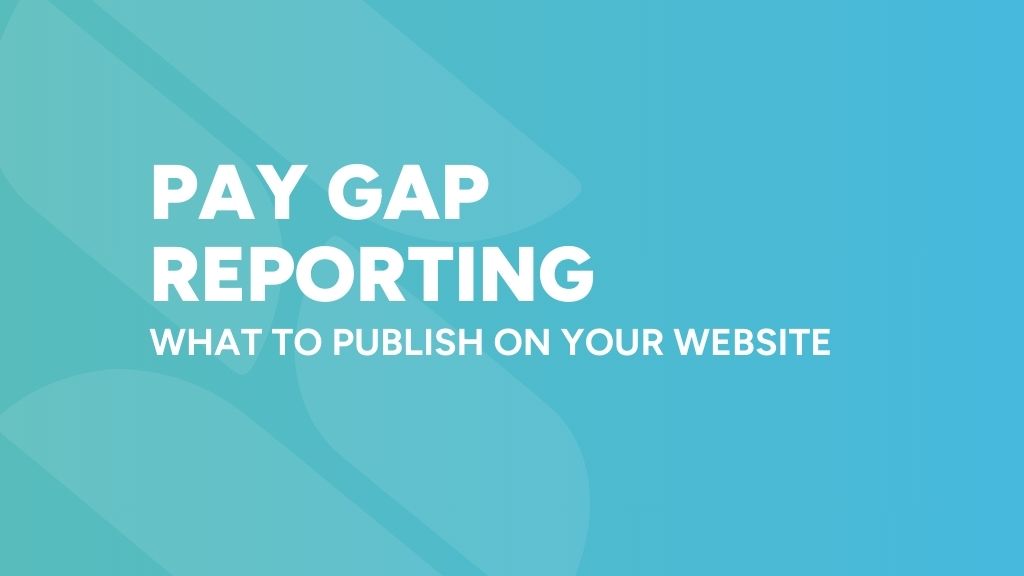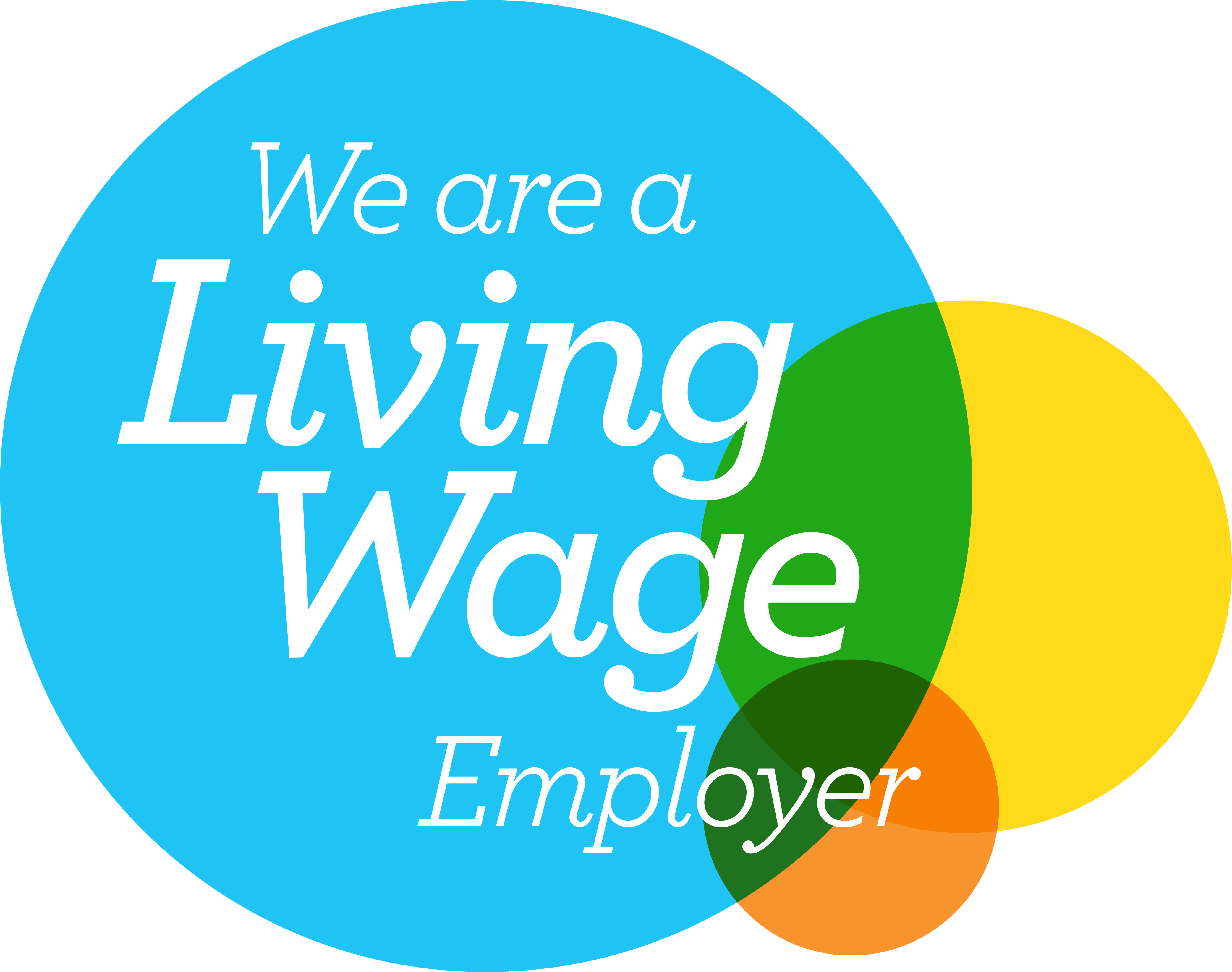Pay Gap Reporting – What to Publish on Your School Website
Pay Gap Reporting – What to Publish on Your School Website
Pay Gap Reporting – What to Publish on Your School Website

The requirement to publish gender pay gap information is a statutory obligation for schools, academy trusts, academies, and FE colleges with 250 or more employees. However, we strongly recommend that all schools and trusts publish this information voluntarily as part of the school website requirements — even if they fall below the 250-employee threshold. Transparency in pay reporting demonstrates accountability and commitment to fair pay practices and equality in the workplace.
This guide outlines what must be published, what schools may wish to publish, and best practices for presenting this information clearly on your website.
Why Publish Pay Gap Information?
- Legal Compliance – Schools and trusts with 250+ employees must meet gender pay gap reporting regulations.
- Transparency & Trust – Publishing pay gap data reassures staff, parents, and stakeholders that fairness in pay and hiring is a priority.
- Proactive Leadership – Even schools below the threshold should consider publishing voluntarily to demonstrate a commitment to diversity and equality.
Publishing pay gap information shows a positive step towards workplace equality, and schools that voluntarily share their data are seen as forward-thinking and transparent.
What Schools and Trusts Need to Publish?
Schools, Academy Trusts, and FE Colleges with 250+ Employees Must Publish:
- Report gender pay gap data via the government’s Gender Pay Gap Service.
- Publish the report in a prominent place on the school’s website within one year of the snapshot date (for most schools, this is 31 March).
- Include the following data:
- Mean and median gender pay gap in hourly pay.
- Mean and median bonus gender pay gap (if applicable).
- Proportion of men and women receiving bonuses.
- Proportion of men and women in each pay quartile.
What Larger Schools and Trusts May Wish to Publish:
Although not required, schools may choose to provide:
- A supporting narrative – Explaining the reasons behind any pay gap and what actions are being taken to close it.
- An action plan – Outlining steps to improve gender pay equality within the organisation.
What Schools with Fewer Than 250 Employees Should Publish:
- Schools are not required to report pay gap data but should strongly consider publishing voluntarily.
- Schools can still follow the same format as required for larger employers, making the data accessible to stakeholders.
Why publish voluntarily?
- It demonstrates commitment to fair pay.
- It helps monitor progress towards workplace equality.
- It prepares schools for future legislation that may lower the reporting threshold.
How to Publish Pay Gap Information Effectively
Follow these steps to meet compliance and make your pay gap reporting transparent and meaningful.
1. Create a Dedicated Pay Gap Reporting Page
- Label the page “Pay Gap Reporting” or “Gender Pay Transparency”.
- Make it easily accessible from the Governance, Policies, or Financial Information section.
2. Publish the Required Data in a Clear Format
A simple table makes it easy to understand the data at a glance.
Example Format:
| Gender Pay Gap Measure | Percentage |
| Mean Gender Pay Gap | 12.5% |
| Median Gender Pay Gap | 10.2% |
| Mean Bonus Pay Gap | 5.0% |
| Median Bonus Pay Gap | 2.5% |
| Women in Upper Pay Quartile | 45% |
| Men in Upper Pay Quartile | 55% |

3. Provide a Supporting Narrative (Recommended)
- Summarise what the data means in plain language.
- Highlight key findings (e.g., “Our median gender pay gap is lower than the national average”).
- Explain any actions being taken to reduce pay disparities.
4. Add an Action Plan (Optional but Encouraged)
A simple bullet-pointed commitment to equality can make a big impact.
Example:
“To reduce our gender pay gap, we are implementing the following actions:
- Reviewing recruitment practices to attract more women into leadership roles.
- Ensuring pay structures are transparent and equitable.
- Providing mentorship programs to support career progression for all staff.”
5. Ensure Easy Access to Government Reports
- Link directly to your submission on the Gender Pay Gap Service.
- If applicable, include a downloadable PDF version of your report.
Example Statement:
“You can view our official gender pay gap report on the UK Government Gender Pay Gap Service.”
Example of Best Practice for Pay Gap Reporting
Gender Pay Gap Report – 2024

As part of our commitment to transparency and workplace equality, we publish our gender pay gap data annually. Below is a summary of our latest report.
| Gender Pay Gap Measure | Percentage |
| Mean Gender Pay Gap | 12.5% |
| Median Gender Pay Gap | 10.2% |
| Mean Bonus Pay Gap | 5.0% |
| Median Bonus Pay Gap | 2.5% |
| Women in Upper Pay Quartile | 45% |
| Men in Upper Pay Quartile | 55% |
Our Commitment to Pay Equality
We are actively working to close our gender pay gap by:
- Reviewing recruitment and promotion policies to ensure fairness.
- Encouraging more women into leadership roles.
- Conducting regular pay audits to ensure equity.

Next Steps for Schools and Trusts
- Check if your school or trust meets the 250-employee threshold.
- Publish the required gender pay gap information.
- Ensure the information is structured clearly with tables and supporting text.
- Consider publishing voluntarily for increased transparency.
- Update your data annually to remain compliant.
For further guidance, explore our School Website Requirements Guide.
Publishing your pay gap data—whether required or voluntary—demonstrates accountability, fairness, and a commitment to workplace equality.







